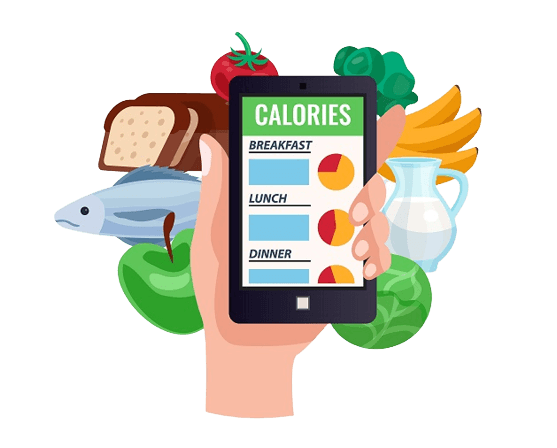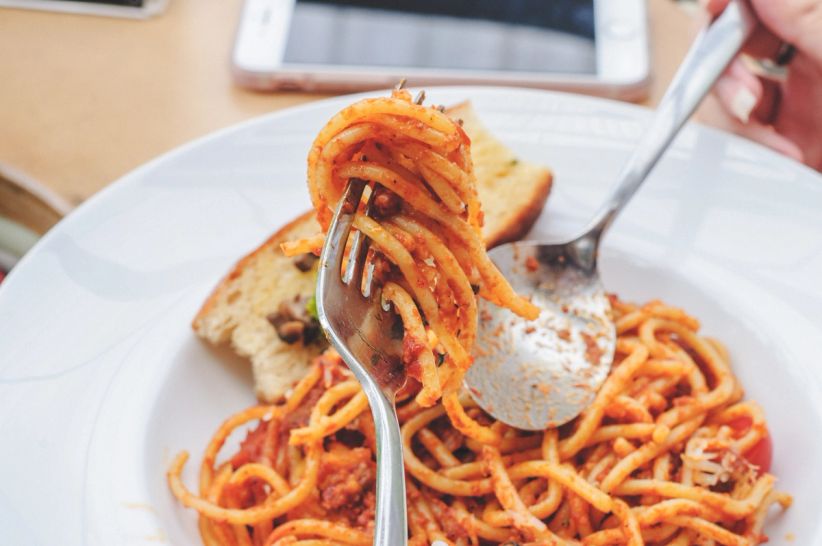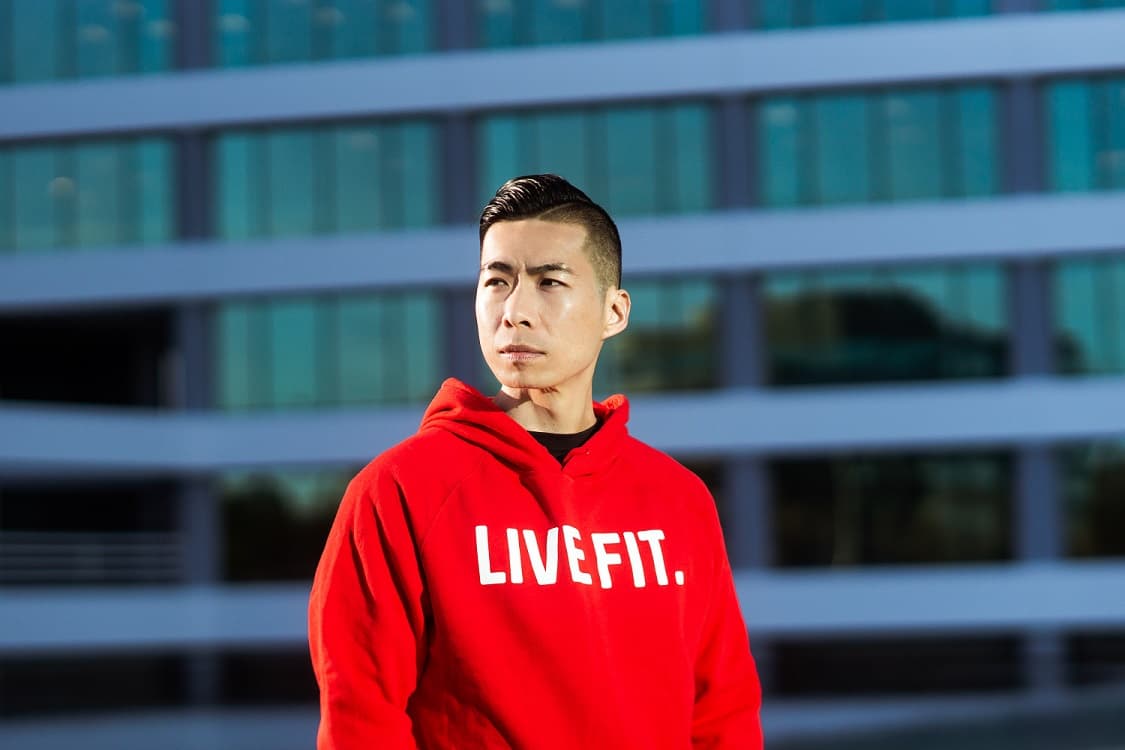Stubborn Subcutaneous Fat Loss | 3 Tips
Introduction
When it comes to shedding those stubborn pounds, one particular type of fat seems to be particularly resistant to our efforts – subcutaneous fat. You know, that layer of soft fluff that rests just below the surface of your skin, taunting you as you strive for a leaner and more defined physique. But what exactly is subcutaneous fat and why does it seem so challenging to get rid of? In this article, we will delve into the world of subcutaneous fat and explore three effective tips to help you tackle this notorious problem.
Definition of Subcutaneous Fat
Subcutaneous fat refers to the layer of adipose tissue that is found just underneath your skin. It is the most visible type of body fat as it lies right beneath the surface, giving your body its shape and contours. Unlike visceral fat, which surrounds your organs and poses a greater risk to your health, subcutaneous fat doesn't have the same detrimental effects. Subcutaneous fat serves several important functions in the body. It acts as insulation, keeping us warm during colder temperatures. Additionally, it provides cushioning and protection for our vital organs from external impacts. However, an excess accumulation of subcutaneous fat can lead to aesthetic concerns and negatively impact our self-confidence.
Why Subcutaneous Fat Is Stubborn and Hard to Lose
You may have noticed that subcutaneous fat seems more resistant compared to other types of body fat when it comes to shedding those extra pounds. There are a few reasons why this may be the case:
- Nature's Design: Subcutaneous fat has evolved over time as a survival mechanism for our ancestors during times when food was scarce.
Its purpose was essentially fuel storage to sustain them during periods of famine. Therefore, subcutaneous fat is genetically programmed to be more resilient and cling onto our bodies.
- Poor Blood Supply: Unlike visceral fat, which is situated around organs with a rich blood supply, subcutaneous fat has a relatively poor blood flow. This means that it receives fewer hormones and enzymes that aid in the breakdown and mobilization of stored fat for energy.
- Stubborn Fat Cells: Subcutaneous fat cells have a higher concentration of alpha-receptors compared to beta-receptors. Alpha-receptors inhibit the breakdown of stored fat, making it harder for the body to access these fatty acids for energy utilization.
- Prolonged Exposure: Subcutaneous fat can become stubborn when it has been present for an extended period. The longer it remains in one location, the more challenging it becomes to lose as the body establishes strong connections between those specific areas and its energy storage mechanisms.
In light of these factors, conquering subcutaneous fat requires an understanding of effective strategies that go beyond traditional weight loss methods. By implementing targeted approaches tailored specifically towards this type of adipose tissue, we can maximize our chances of success.
Tip 1: Caloric Deficit is Key
Explanation of Caloric Deficit
When it comes to losing stubborn subcutaneous fat, one concept reigns supreme: the caloric deficit. But what exactly does that mean? Well, in simple terms, a caloric deficit occurs when you consume fewer calories than your body needs to maintain its current weight. This energy imbalance forces your body to tap into its stored fat reserves for fuel, eventually resulting in fat loss. To put it into perspective, imagine you have a bank account filled with money (calories) and you're spending more than you earn. Over time, your balance will decrease and you'll start dipping into your savings (fat stores). That's essentially what happens with a caloric deficit – you're spending more energy than you're consuming, leading to the burning of stubborn subcutaneous fat.
Importance of Tracking Calories
While understanding the concept of a caloric deficit is crucial for fat loss, successfully achieving it requires careful tracking of your daily calorie intake. Without accurate knowledge of how many calories you consume each day, achieving a deficit becomes like navigating through uncharted waters blindfolded. Tracking calories helps provide clarity and awareness about what exactly goes into your body on a daily basis. By recording all the food and drink that passes your lips (yes, that includes those sneaky snacks too), you gain insight into potential areas where excess calories may be hiding. This awareness allows you to make better-informed decisions when it comes to choosing healthier alternatives or reducing portion sizes. Fortunately, various smartphone apps and online tools make calorie tracking easier than ever before. These applications not only provide extensive databases of foods but also calculate the approximate number of calories you should aim for based on factors such as age, gender, height, weight, and activity level. Incorporating this habit into your routine can be a game-changer in your quest to create and maintain a caloric deficit.
Strategies to Create a Caloric Deficit
Creating a caloric deficit doesn't mean you have to starve yourself or drastically reduce your food intake. It's more about making smart choices and finding the right balance that suits your lifestyle and preferences. Here are some practical strategies you can adopt: 1. Monitor portion sizes: Pay attention to serving sizes and use measuring cups or a food scale if necessary. This will help you avoid unintentionally consuming excess calories. 2. Include nutrient-dense foods: Opt for whole, unprocessed foods that are rich in nutrients. These foods tend to be lower in calories while providing greater satiety, helping you feel fuller for longer periods. 3. Focus on low-calorie options: Incorporate plenty of fruits and vegetables into your diet, as they are generally low in calories but high in fiber, vitamins, and minerals. 4. Practice mindful eating: Slow down while eating, chew thoroughly, and savor each bite. This helps improve digestion and gives your brain enough time to register feelings of fullness, preventing overeating. 5. Limit liquid calories: Sugary beverages like soda or fruit juices can pack a hefty calorie punch without providing much nutritional value. Opt for water, unsweetened tea, or black coffee instead. Remember that creating a caloric deficit is not about extreme deprivation or crash diets; it's about making sustainable changes that you can maintain long-term. With consistency and patience, incorporating these strategies into your lifestyle will gradually shift the balance towards fat loss and help combat stubborn subcutaneous fat effectively.
Tip 2: Incorporate Targeted Exercises
Understanding Spot Reduction Myth
When it comes to stubborn subcutaneous fat, many people hope to spot reduce by targeting specific areas. However, it's crucial to understand that spot reduction is a myth. You cannot simply do endless crunches to magically melt away belly fat or perform countless arm exercises to eliminate those pesky bat wings. Fat loss occurs throughout the body as a whole and cannot be isolated to one specific area.
Importance of Strength Training for Fat Loss
To effectively combat stubborn subcutaneous fat, incorporating strength training into your routine is vital. Not only does strength training help build lean muscle mass, but it also contributes significantly to fat loss. While cardiovascular activities like running or cycling burn calories during the exercise itself, strength training has the added benefit of boosting your metabolism for hours after your workout.
Compound Exercises for Overall Body Fat Reduction
When it comes to targeting overall body fat reduction, compound exercises are king. These exercises engage multiple muscle groups simultaneously and require significant energy expenditure during the movements. Squats, deadlifts, bench presses, and pull-ups are examples of compound exercises that work various muscles in your body all at once. By incorporating these compound movements into your routine, you'll not only build strength but also enhance fat-burning potential. Compound exercises recruit more muscle fibers compared to isolation exercises and therefore have a greater impact on burning calories both during and after the workout due to their high metabolic demand. They challenge your body in a way that stimulates muscle growth while facilitating overall fat loss.
Isolation Exercises for Specific Problem Areas
While spot reduction is not possible for losing subcutaneous fat in specific areas, isolation exercises can help target and strengthen problem areas such as flabby arms or love handles. These exercises specifically focus on one muscle group at a time. For instance, tricep dips, bicep curls, or lateral raises can help tone and strengthen your arms. However, it's important to remember that even though isolation exercises can help improve muscle definition in those areas, they won't directly lead to localized fat loss. By incorporating both compound and isolation exercises into your workout routine, you'll create a well-rounded approach to fat loss. Compound movements will aid in overall body fat reduction by increasing caloric expenditure and building lean muscle mass. Isolation exercises will complement this by targeting specific problem areas for toning and strengthening. Remember, consistency is key when incorporating targeted exercises into your fitness regimen. Aim to perform strength training exercises at least two to three times per week while ensuring proper form and gradually increasing the intensity as you progress. With time and dedication, you'll witness not only improvements in strength but also a reduction in stubborn subcutaneous fat levels throughout your body.
Tip 3: Optimize Diet and Nutrition
Role of Macronutrients in Fat Loss
When it comes to shedding stubborn subcutaneous fat, paying attention to your macronutrient intake is crucial. Macronutrients, also known as "macros," are the essential nutrients that provide our bodies with energy. There are three main macros: protein, fats, and carbohydrates. Each macro plays a unique role in supporting fat loss.
Protein for Muscle Preservation and Satiety
Protein is often hailed as the king of nutrients for fat loss, and for good reason. Not only does it help preserve lean muscle mass during weight loss, but it also promotes satiety, keeping you fuller for longer periods. Including adequate protein in your diet can help curb cravings and prevent overeating.
Healthy Fats for Hormonal Balance
Contrary to popular belief, consuming healthy fats won't make you gain fat; they are actually beneficial for your overall health and hormonal balance. Incorporating sources like avocados, nuts, seeds, and olive oil can support satiety while providing essential fatty acids that aid various bodily functions.
Complex Carbohydrates for Sustained Energy
While carbohydrates have been villainized in some diets, not all carbs are created equal. Opting for complex carbs such as whole grains, fruits, vegetables, and legumes can provide sustained energy throughout the day due to their fiber content. These carbs digest slowly and help regulate blood sugar levels while keeping hunger at bay.
Importance of Portion Control and Mindful Eating Habits
Beyond macronutrients selection lies the importance of portion control and mindful eating habits. It's easy to lose track of our intake when we're not paying attention. Taking the time to listen to your body's hunger and fullness cues, practicing mindful eating, and being aware of portion sizes can make a significant impact on your fat loss journey.
Meal Prepping and Planning
One effective strategy to support your nutrition goals is meal prepping and planning. By dedicating time each week to prepare healthy meals in advance, you can ensure that you have nutritious options readily available and avoid impulsive, less healthy choices. Additionally, planning your meals allows you to balance macronutrients and control portion sizes more effectively.
Mindful Eating Techniques
Incorporating mindful eating techniques can help you develop a healthier relationship with food. Slow down while eating, savor each bite, and pay attention to the flavors and textures. Mindful eating also encourages you to listen to your body's signals of hunger and fullness, promoting a more balanced approach towards eating.
Bonus Tips to Accelerate Subcutaneous Fat Loss
Intermittent Fasting Benefits
Intermittent fasting has gained popularity as an effective fat loss strategy. This method involves cycling between periods of fasting (not consuming calories) and feeding windows where you eat within a specific timeframe. By restricting the hours in which you consume food, intermittent fasting can promote better insulin sensitivity and enhance fat burning processes.
Incorporating HIIT Workouts
High-Intensity Interval Training (HIIT) is a training technique that combines short bursts of intense exercise with short recovery periods. This form of exercise helps boost metabolism, burn calories even after the workout ends (known as the "afterburn effect"), and improves cardiovascular fitness—all factors that contribute positively towards subcutaneous fat loss.
Prioritizing Sleep and Stress Management
A holistic approach to subcutaneous fat loss involves prioritizing sleep and stress management. Lack of sleep can disrupt hormonal balance, leading to increased cravings and a slowed metabolism. Managing stress effectively is also crucial since chronic stress can trigger emotional eating and hinder progress. Prioritize adequate sleep and incorporate stress-reducing activities like meditation or yoga into your routine.
Conclusion
In the pursuit of shedding stubborn subcutaneous fat, optimizing your diet and nutrition is essential for success. By understanding the role of macronutrients, incorporating portion control, mindful eating habits, meal prepping, and planning, you lay a strong foundation for sustained fat loss. Additionally, implementing bonus tips such as intermittent fasting, HIIT workouts, and prioritizing sleep and stress management can further accelerate your progress. Remember that achieving your goals takes time and consistency—embrace the journey with patience and optimism. Stay committed to the holistic approach outlined here, confident that each small step forward brings you closer to achieving the body you desire.
About The Author


Get your macronutrients breakdown
Fill out the form below to get a preview of your recommended daily calorie and macronutrient breakdown.

Why I Stopped Gaining Muscle (The Honest Truth)
Why I Stopped Gaining Muscle (The Honest Truth) The Importance of Gaining Muscle When it comes to health and fitness, gaining muscle holds a signifi...

Reverse Diet To Lean Bulk - Macros Included
Reverse Diet To Lean Bulk - Macros Included Introduction to Reverse Dieting Welcome, fitness enthusiasts! Today, we embark on an exciting journey in...



